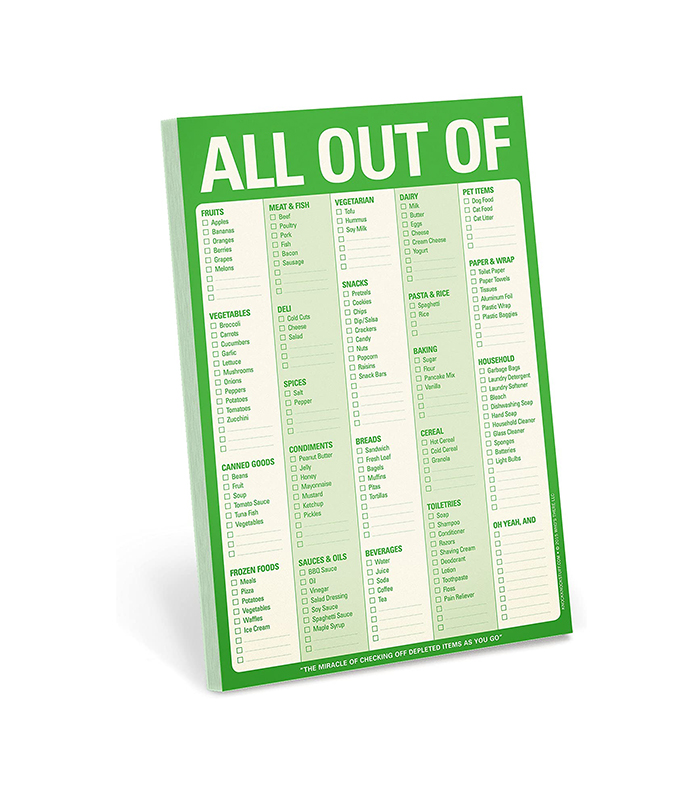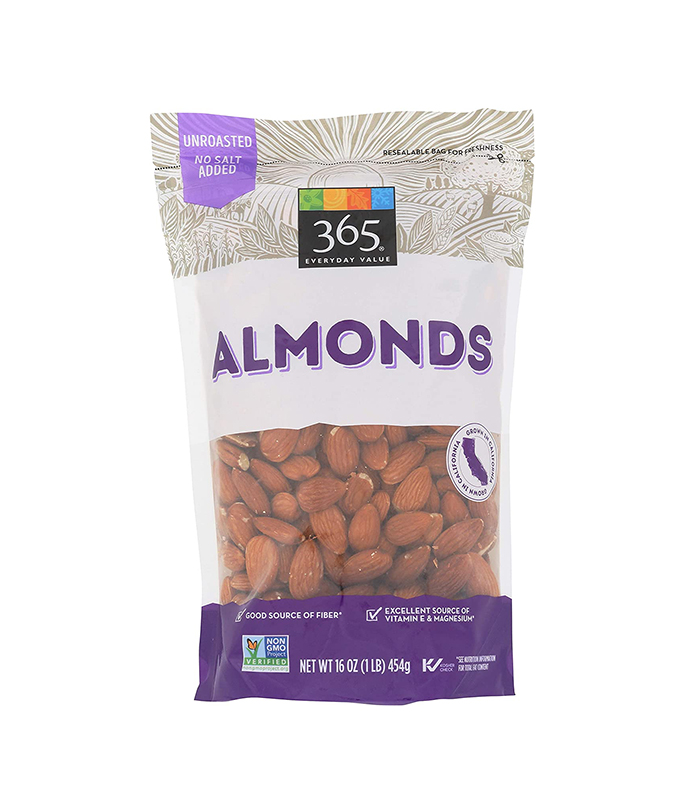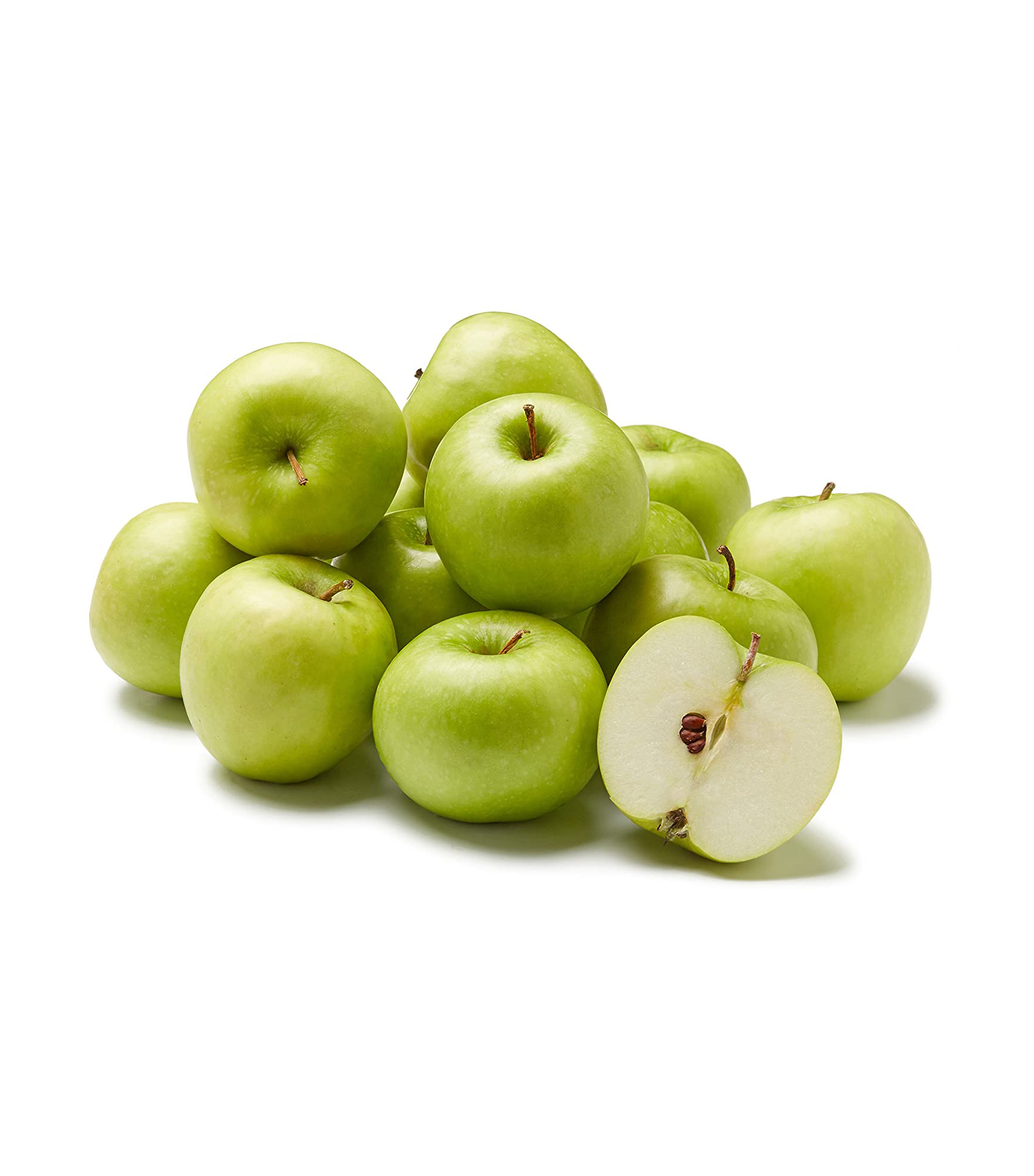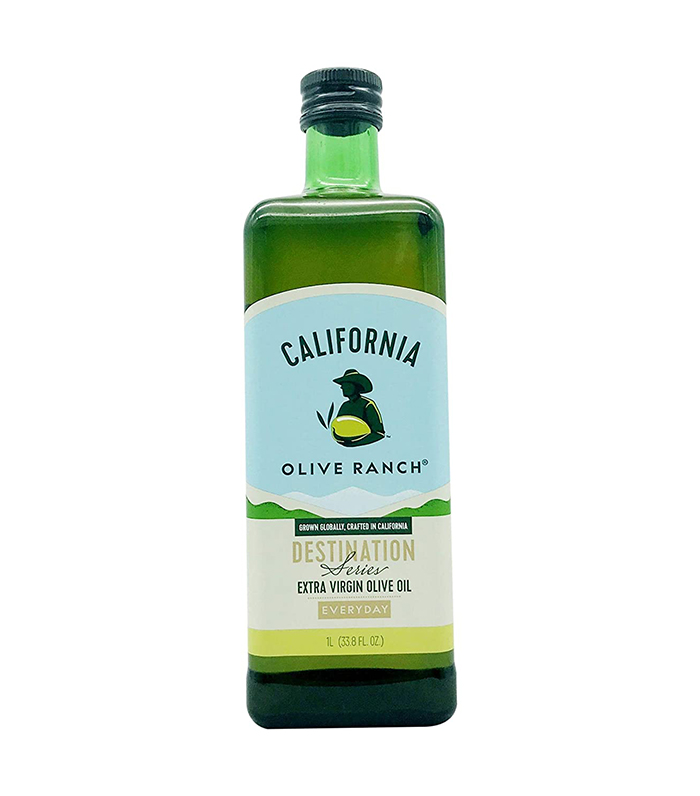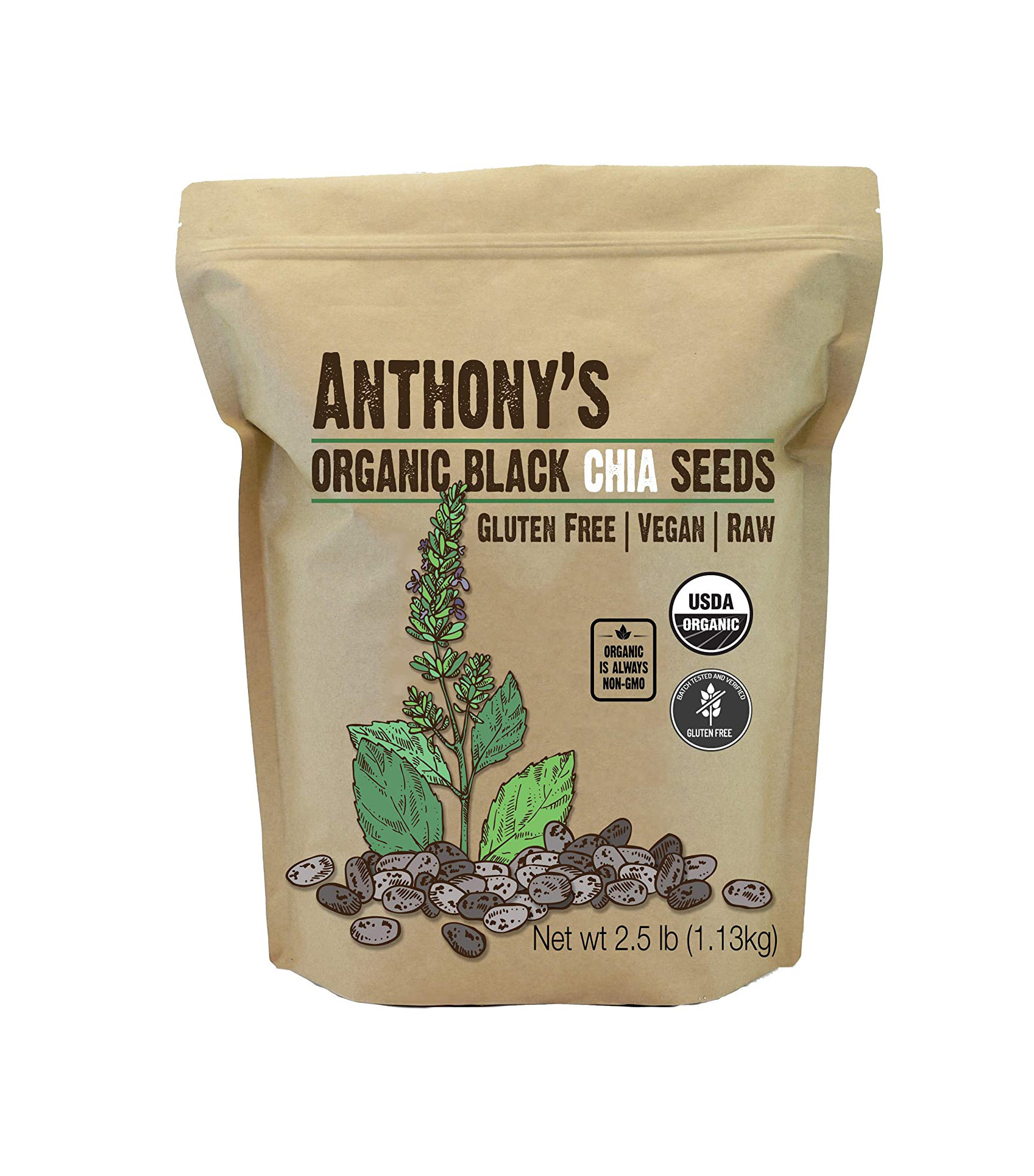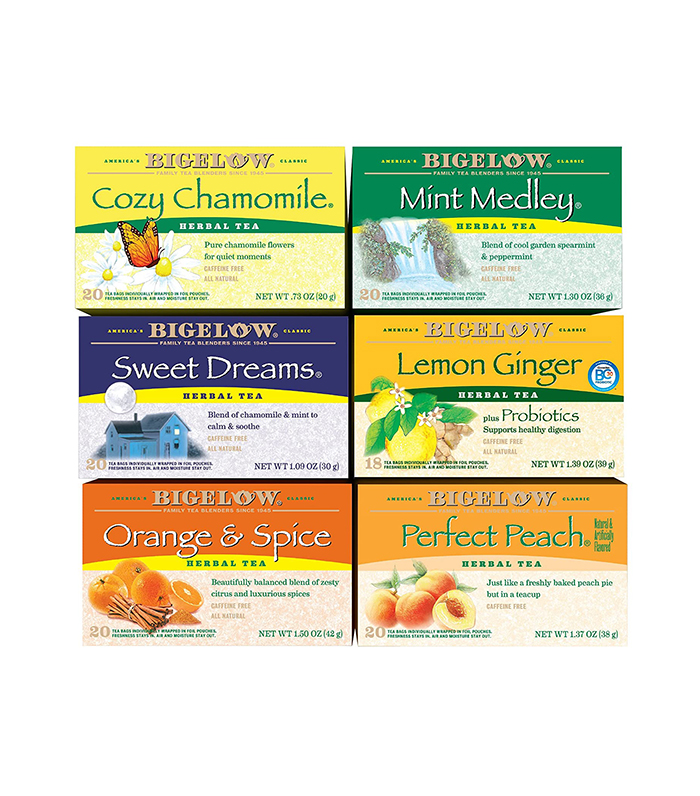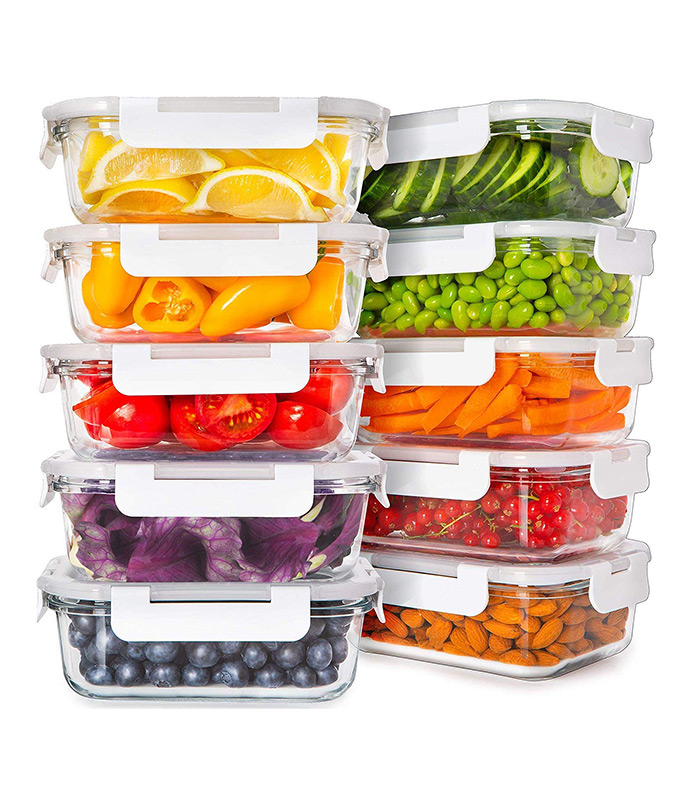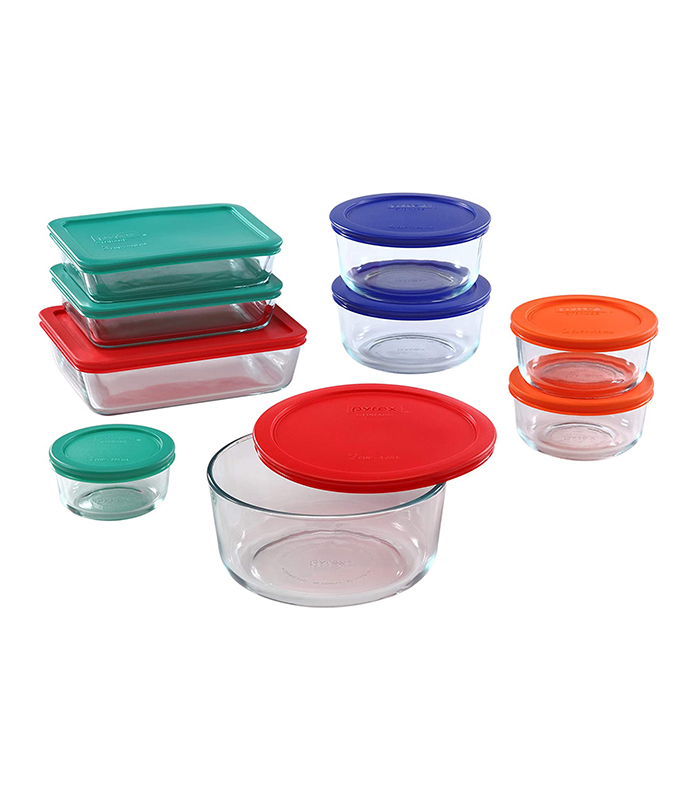11 Tips for Eating Healthier That Are Actually Doable
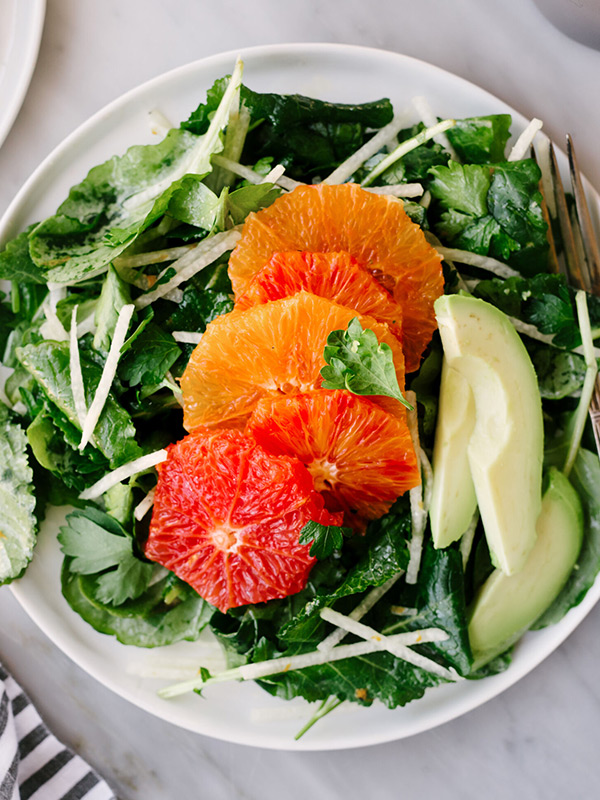
How many times have you pledged to eat healthier? And how soon after have you fallen off the healthy-eating wagon? For a lot of us, eating healthy is an evolving, imperfect process that will probably last our whole lives. We have our bouts of kale salads and green juices, and then we also have our pizza-and-burger moments. And hey, that's okay—we're not here to judge, and we hope you won't judge us either. You might not always be able to stick to your healthy eating plan, but at least you're making an effort.
But eating better is not just about grocery shopping and cooking. It involves your lifestyle and habits. That's why Erica Zellner, MS, a health coach at Parsley Health, recommends starting small. You don't have to feel like you have to do a complete 180 at the beginning. "Choose a starting point that’s so easy you can't fail! And then slowly challenge yourself," she says. "My most successful patients understand that change is a marathon, not a sprint. It's truly about changing your behavior patterns, rather than making individual changes. By slowly creating a lifestyle that supports health, you'll escape the need to rely on willpower (a finite resource) and be successful because your entire day is organized around the habits that make you the best version of yourself!"
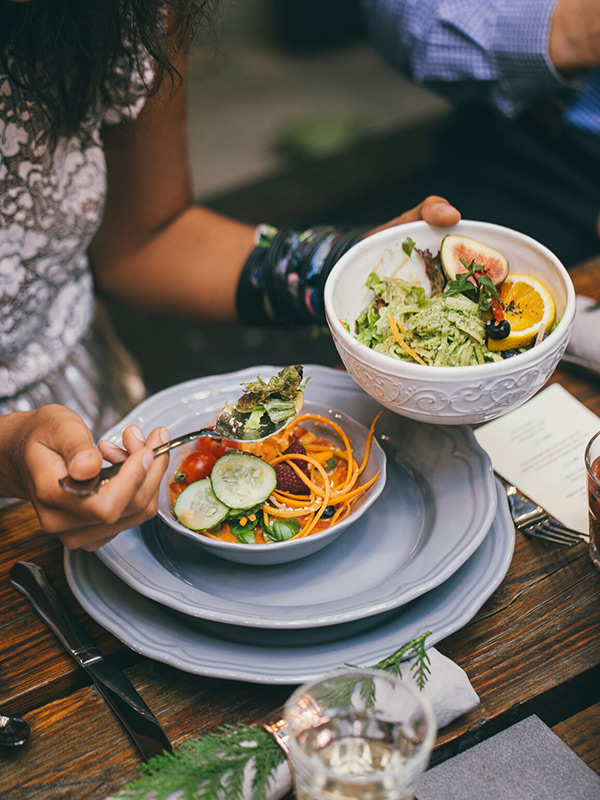
So how else can you start? And if you've unsuccessfully tried to stick to a healthy eating regimen before, what can you do differently this time around? We polled some experts to hear the tips that they think are doable and reasonable. Read what they had to say, but don't try to stress about it so much. It takes time and a little trial and error.
1. Ask Yourself What You Can Add Rather Than Take Away
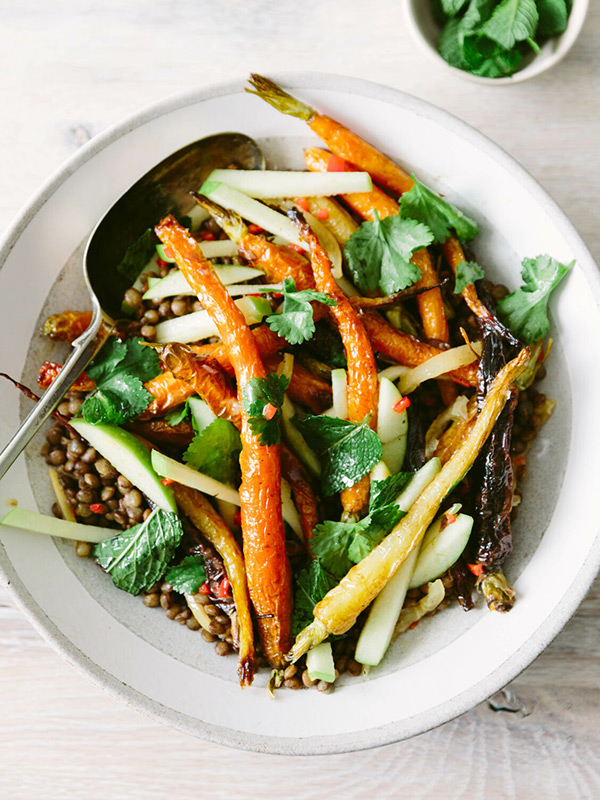
This might put you in a more positive mindset. "So often, especially with the New Year approaching, I find that people are trying to restrict themselves to make up for the indulgences of the holidays. But restriction often leads to resentment," Zellner says. "Instead, focus on adding in more foods that support you! Can you add an additional serving of vegetables to your dinner? Where can you add leafy greens in your lunch? Can you add more color to each meal to increase the phytonutrients you're consuming?"
Laurie Brodsky, HBSc, ND, Dirty Lemon's in-house naturopath, also recommends adding more greens, as she says studies show that a big percentage of Americans do not meet their daily minimum requirement of greens, which is needed to maintain optimal health.
2. Never Skip a Meal
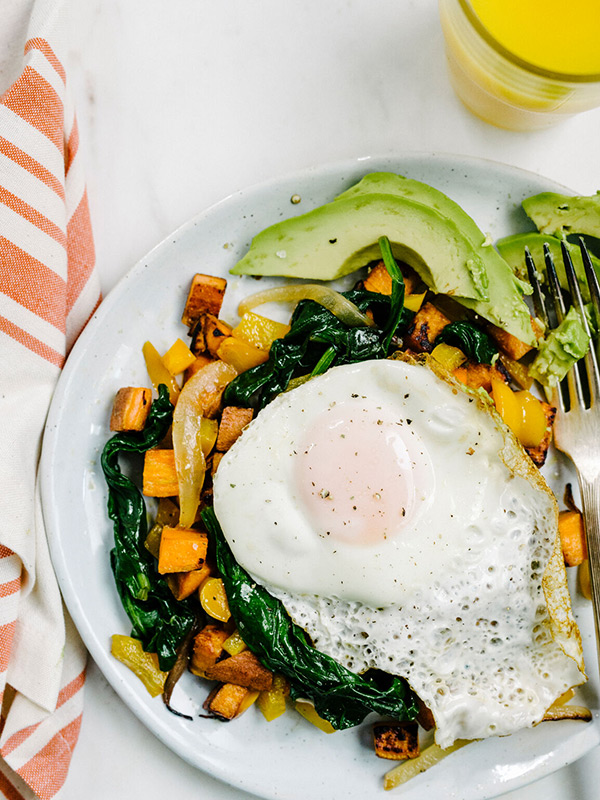
Not even breakfast, Amie Valpone, HHC, AADP, nutrition ambassador for Lycored, says. "When you skip meals, your blood sugar will drop, and your cortisol will skyrocket," she explains. "This is one of the biggest problems I see with women who have weight gain and hormonal imbalances. Eating three balanced meals is the number one habit I believe we should all work toward, even if it's just a handful of almonds with an apple when you wake up for breakfast."
3. Change Your Mindset
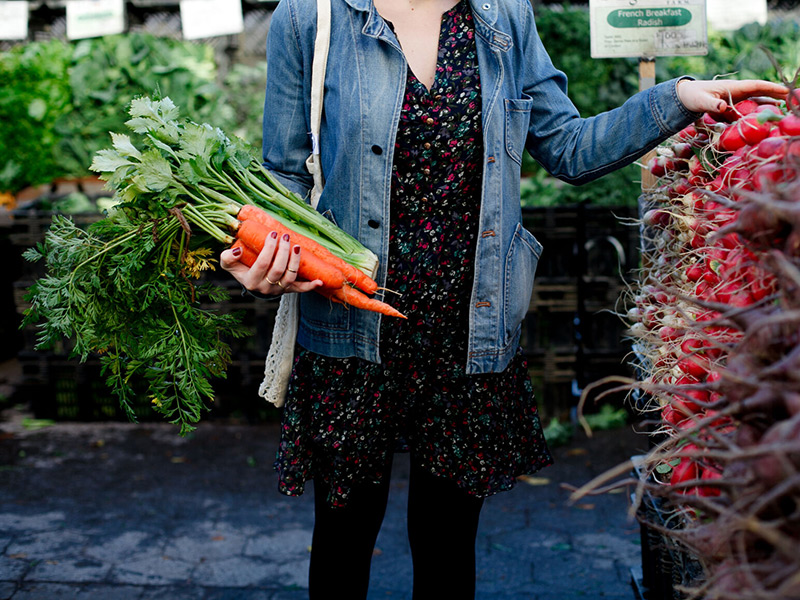
You can fill up your cart with fruits and veggies all you want, but another way to ensure you create better healthy eating habits is to change your mindset, especially around certain myths or beliefs that are seriously outdated. Valpone says a lot of us were brought up on the false belief that all fat makes you fat, but that's not the case. "Healthy fats such as walnuts, almonds, extra-virgin olive oil, and avocados are incredibly beneficial for our overall health, especially for hormone balancing in women," she says. "Inflammatory fats, on the other hand, such as canola oil and other vegetable oils as well as margarine and fried foods can be highly inflammatory. Overall, stick to three main meals a day and focus on anti-inflammatory fats to fuel your body."
4. Fill Up on Whole Foods
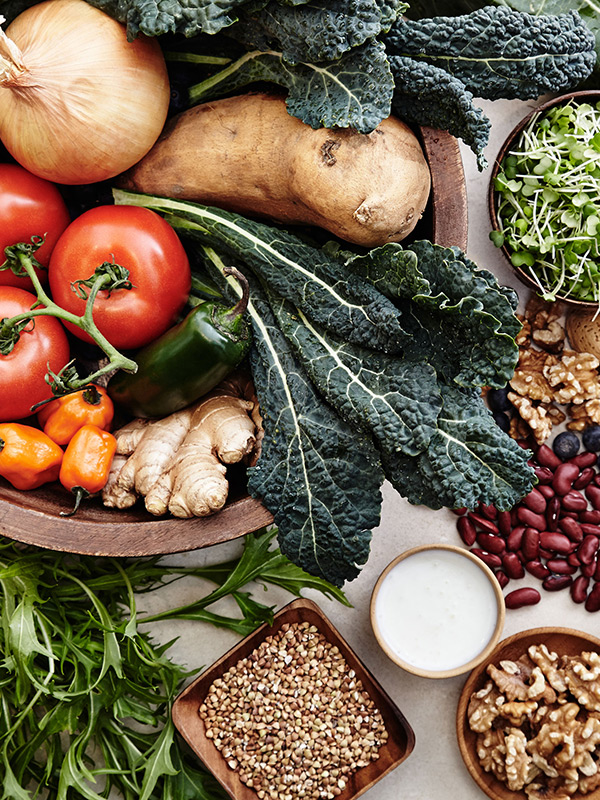
No, not the grocery store. Although, if that's where you normally shop, have at it. We mean more whole fruits and vegetables and fewer processed foods. "Before you dig into the meats and processed foods, fill up with colorful, fresh antioxidant-rich foods, packed with digestive enzymes and pre/probiotics to stimulate satiation before the meats and sweets are served," Brodsky recommends. "For instance, begin a meal with a crunchy colorful starter salad, including some healthy fats like avocado, olive oil, raw nuts, or seeds. Try something new from the veggie menu or a plant-based, fiber-loaded appetizer to stimulate your appetite and fill you up."
5. Make Some Cuts and Swaps

After you've thought about what you need to add to your eating plan, it will be easier to think about what you should reduce or swap out. Brodsky recommends cutting sugar where you can and to swap sugary beverages for water, organic and polyphenol-rich herbal teas and coffees, and nutrient-rich beverages (like Dirty Lemon).
6. Meal-Prep
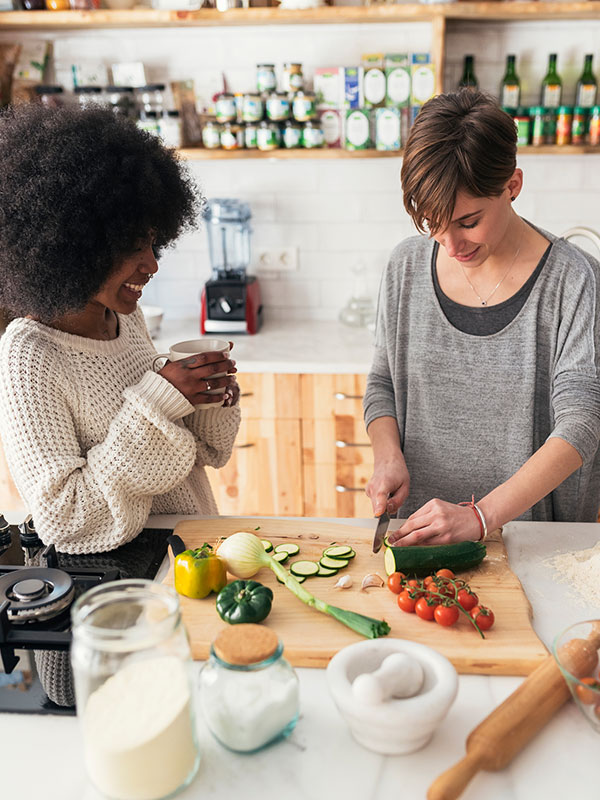
This is a good habit to take up, so you have a lot of healthy options ready for you. "It's more difficult to eat the salad you planned when you still need to wash and chop the veggies, make the protein, etc.," explains Zellner. "It's significantly easier when all the components are ready to be assembled. The same goes for snacks. It's tempting to reach for a bag of chips or pretzels when you don't have anything else prepared. But if you have some cut bell peppers or broccoli and some delicious guacamole ready to go in the fridge, then you're more likely to stay on track."
7. Clear Out Your Fridge and Cupboards
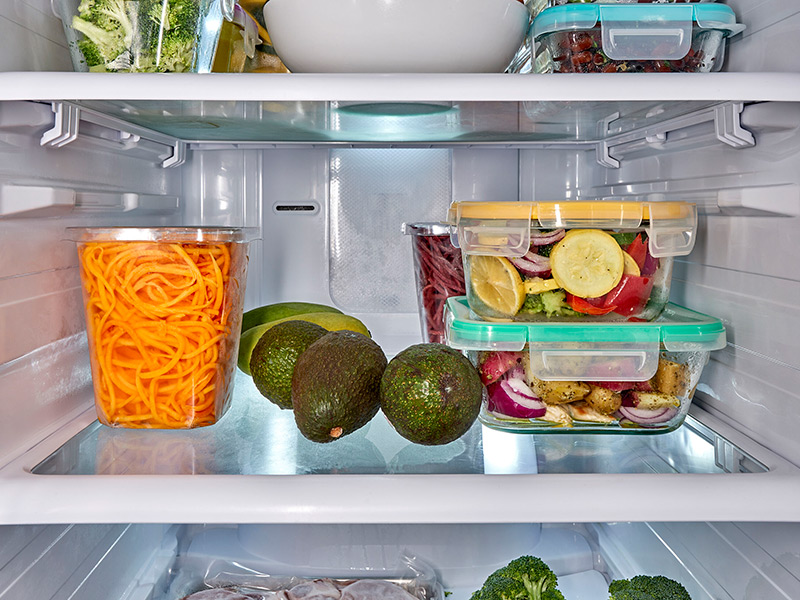
"Out of sight, out of mind is a common saying for a reason!" Zellner says. "The food that you have available is the most likely choice you will make. This may feel overly obvious, but it was put to the test in a study by Rutgers University in 2009. The takeaway? Both adults and children will eat what is available to them."
8. Stay Hydrated and Active

"Get moving and hydrate all day long before a large meal," Brodsky recommends. "Aim to drink half of your body weight in ounces of water each day, and try to drink most of your water before noon. Try adding a pinch of mineral-rich Himalayan pink sea salt to your water to amp up energy levels, boost digestion, support focus and mental clarity."
9. Choose Your "Worth It" Food
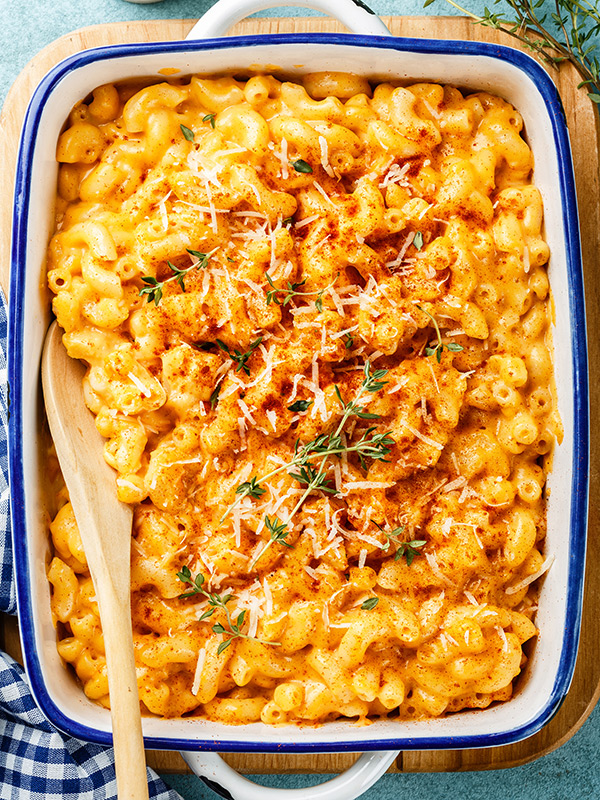
This helps when you're at family gatherings during the holidays, dinner parties, or somewhere that you can't really control the menu. Zellner says to choose a "worth it" food (like your grandma's famous cookies, or macaroni and cheese), and balance it out by choosing whole foods, prioritizing fiber, and getting lean protein.
10. Follow These Steps When Eating Out

Like your "worth it" food, there are ways to strategize when you're eating at restaurants so you'll still be able to enjoy your meal. Zellner recommends looking at the menus and trying to decide what you're going to order ahead of time. If you can, choose a restaurant that has plenty of options, and let your family and friends know about your pledge to eat healthier so that they can hopefully provide you support and accountability.
And as for what you choose, prioritize fiber. "Aim to have half of your plate made up of fiber—such as leafy greens or non-starchy vegetables," Zellner says. "Not only are these foods filling and nutrient-dense, but they also help manage your blood sugar levels."
11. Feed Your Whole Body, Not Just Your Belly

Think of how your food choices will affect your whole body since you need a spectrum of nutrients and vitamins to feed your body on a cellular level, Valpone explains. And don't get too caught up on calories. "Foods have so much more to them than calories, and yet many people think caloric intake is the bottom line," Valpone says. "Au contraire, my friend! The number of calories a food has is merely information, and as with any other kind of information, less isn't necessarily better, just as more isn't necessarily bad." She says that a 100-calorie snack pack is not equal to 100 calories of an avocado.
Next up: 5 Diets That Make Nutritionists Cringe
This article was originally published at an earlier date and has since been updated.
This article is provided for informational purposes only and is not intended to be used in the place of advice of your physician or other medical professionals. You should always consult with your doctor or healthcare provider first with any health-related questions.
Sarah is lifestyle writer and editor with over 10 years of experience covering health and wellness, interior design, food, beauty, and tech. Born and raised in Los Angeles, she attended New York University and lived in New York for 12 years before returning to L.A. in 2019. In addition to her work atBest Knockoff Luxury Clothing , she held editor roles at Apartment Therapy, Real Simple, House Beautiful, Elle Decor, and The Bump (sister site of The Knot). She has a passion for health and wellness, but she especially loves writing about mental health. Her self-care routine consists of five things: a good workout, “me” time on the regular, an intriguing book/podcast/playlist to unwind after a long day, naps, and decorating her home.
